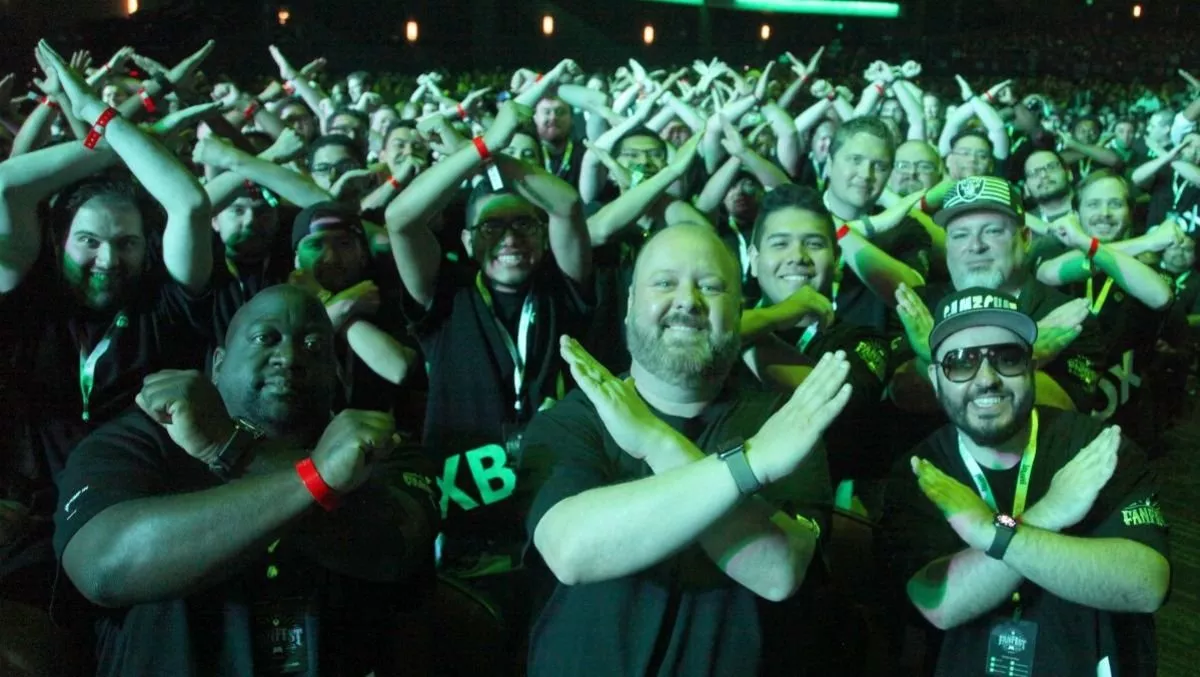t's been quite the week for Xbox fans. Microsoft's Xbox TV app recently arrived on some Amazon Fire TV devices, and with it came a clear message from Microsoft: you don't need an Xbox console to play Xbox games. Days later, Microsoft hiked its Game Pass prices.
Microsoft has quietly been saying you don't need an Xbox console for years with its day-one releases of Xbox games on PC, but this time, it said the quiet part out loud. In a commercial stylized around the '90s movie Scream, the message is that "you don't need an Xbox to play Xbox" and "no console required." The changes come as Microsoft starts to rethink how it can boost Xbox Game Pass subscription numbers and look further beyond the console.
You can now stream Xbox games from Game Pass to Amazon Fire TV sticks, meaning you don't need to buy an Xbox Series S or X console. Microsoft had the same "no console required" messaging when it launched the Xbox TV app on Samsung TVs in 2022, but there was less uncertainty around Microsoft's Xbox strategy at the time. Microsoft has since released Xbox-exclusive games on PS5 and scrapped plans for an overhauled Xbox Series X design, leaving Xbox fans nervous about the direction of the Xbox brand.
Just days after the launch of the Xbox TV app on Fire TV sticks, Microsoft announced price hikes for Xbox Game Pass Ultimate — the only tier that can access the Xbox Cloud Gaming service required to stream games to TVs, web browsers, and mobile devices. Xbox Game Pass Ultimate is moving from $16.99 to $19.99 a month in September, a $3 increase. PC Game Pass is also moving from $9.99 to $11.99 a month.
Alongside the price hikes, Microsoft is also launching a new Xbox Game Pass "Standard" tier for new users that effectively replaces Xbox Game Pass for Console. Priced at $14.99 a month, the new Standard option includes online console multiplayer, but it doesn't include day-one games. Existing Xbox Game Pass for Console subscribers will keep day-one access to games, at $10.99 per month. If you're a new Game Pass subscriber, you'll have to subscribe to the most expensive Ultimate tier at $19.99 per month to get access to Microsoft's first-party Xbox games as soon as they launch.
It's clearly a deliberate move to get new subscribers onto the Ultimate tier and to capture more revenue from those who sign up to the service for a month at a time just to access a newly launched game and then cancel their subscriptions. It's also a move that further complicates Microsoft's "play it day one on Game Pass" message that it delivers at most Xbox events and in its game marketing, as there are now four active tiers for console subscribers, and only two support day-one games:
Xbox Game Pass Core: $9.99 / no day-one games

PC Game Pass: $11.99 / day-one games

Xbox Game Pass for Console (existing subs): $10.99 / day-one games

Xbox Game Pass Standard (new only): $14.99 / no day-one games

Xbox Game Pass Ultimate: $19.99 / day-one games

Perhaps Microsoft will need to start saying "play it day one on Game Pass Ultimate" from now on, but even that isn't fully accurate as PC Game Pass and Game Pass for Console will continue to have access to day-one games. If you look even closer, PC Game Pass subscribers are getting the best deal here. At $11.99 a month, you get day-one games, you don't need to pay extra for online multiplayer as it's free, and cloud streaming isn't something most PC gamers even care about.
If you're a new Xbox console owner, then you have to subscribe to the $19.99 Ultimate tier for day-one games, as Game Pass for Console is only for existing subscribers now. It's all a little messy, but with Microsoft adding hits like Call of Duty to Game Pass, subscription changes like this were inevitable.
I'm surprised that Microsoft didn't take the opportunity to launch an Xbox Cloud Gaming tier of Game Pass that lets you stream games without having to subscribe to Xbox Game Pass Ultimate. The only choice is to pay $19.99 a month just to stream Xbox games, and if you're willing to do that, then you're in the territory of Nvidia's far superior $19.99 a month GeForce Now RTX 4080 tier that offers better visuals, bitrates, and responsiveness than Xbox Cloud Gaming.
The timing for these Xbox changes comes as Microsoft navigates a new financial year, which began in July. There have been some Xbox layoffs as part of this, but not in the thousands like we saw earlier this year. A new financial year also means new goals and potentially some strategy shifts. Microsoft has been reshuffling its Xbox leadership in recent months, and we're about to see how that all plays out over the next 12 months.
In May, I received a tip that Microsoft is changing up its Xbox strategy for the new financial year in the EMEA regions. I haven't been able to fully verify this, but the tipster claimed Microsoft will stop marketing Xbox consoles in certain markets in EMEA and focus only on Game Pass, cloud gaming, PC, and Xbox controllers. Microsoft has been struggling to sell Xbox Series S / X consoles in many countries across EMEA, and the tipster believes Microsoft will now allocate less console stock to Europe as a result. If you've heard more, let me know.
A few weeks after I received this tip, Xbox tweeted: "No console, no problem

" in a post on X about the new Xbox app for Fire TV sticks. If Microsoft is genuinely rethinking its console strategy across Europe, it will be interesting to see where stock is allocated for its upcoming discless Xbox Series X console.
Microsoft has already committed to a next-generation Xbox, but I'm more convinced than ever before that the future of the Xbox looks a lot like a PC.
[/quote}
" in a post on X about the new Xbox app for Fire TV sticks. If Microsoft is genuinely rethinking its console strategy across Europe, it will be interesting to see where stock is allocated for its upcoming discless Xbox Series X console.















